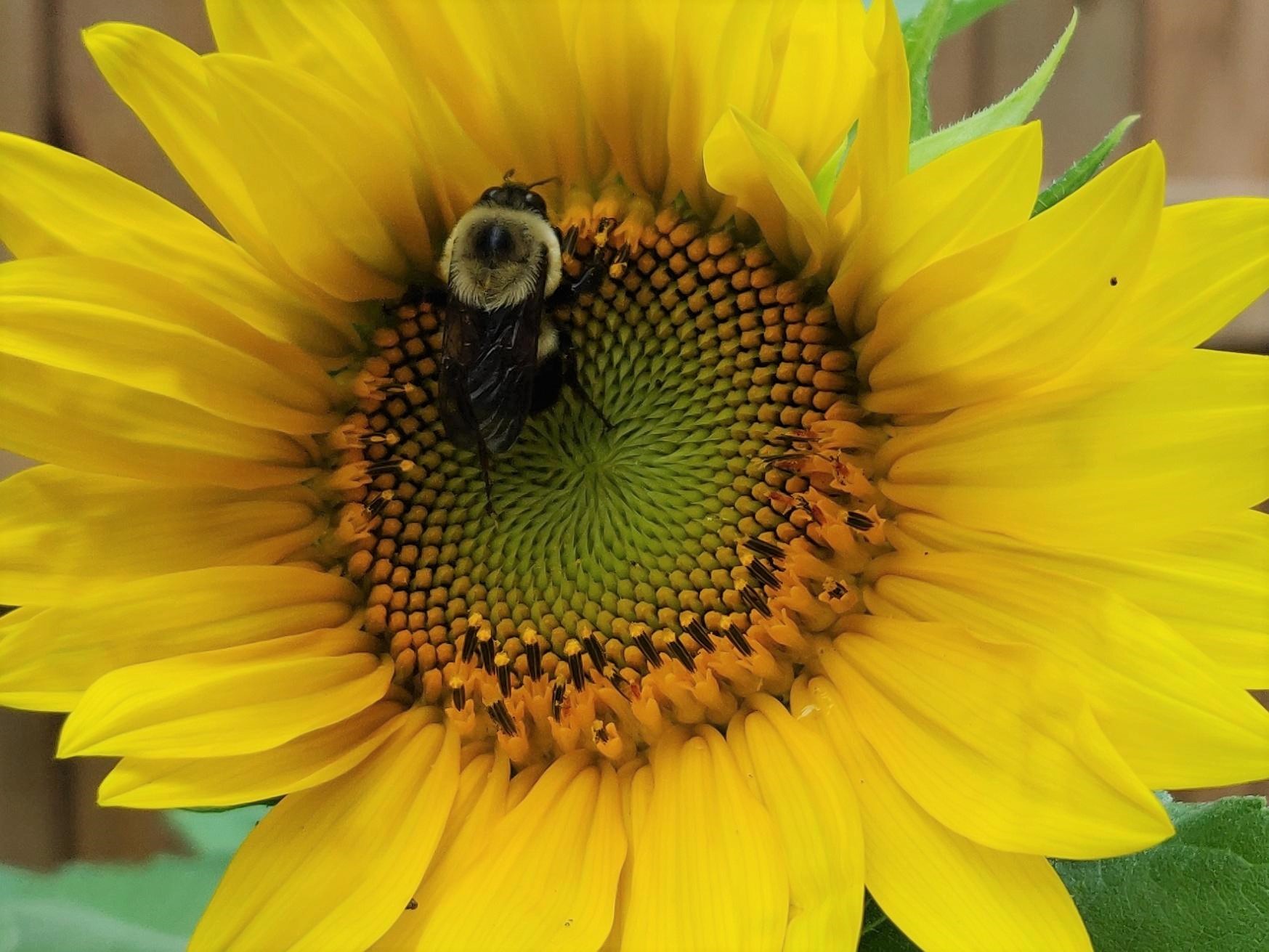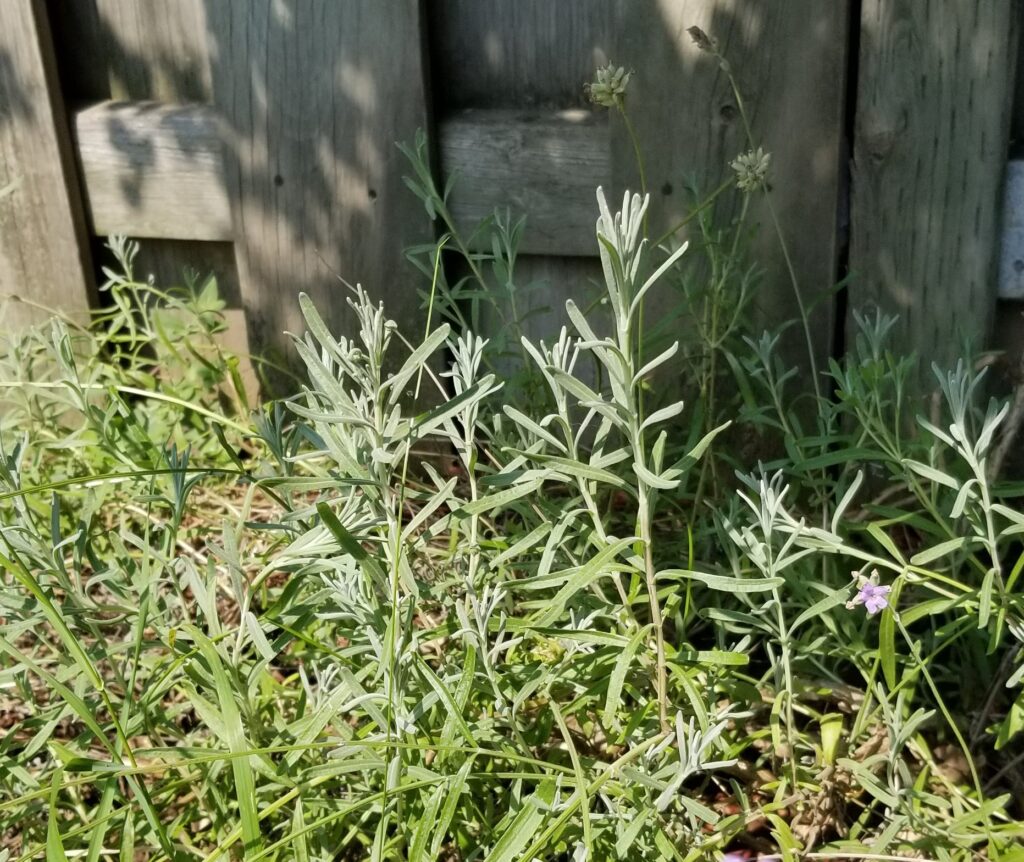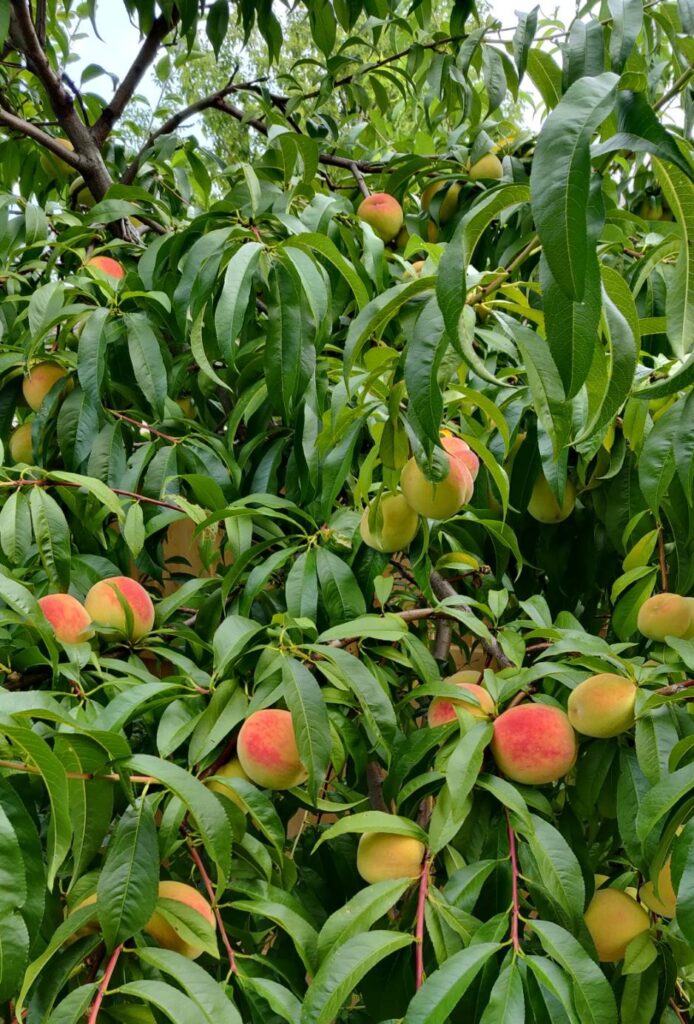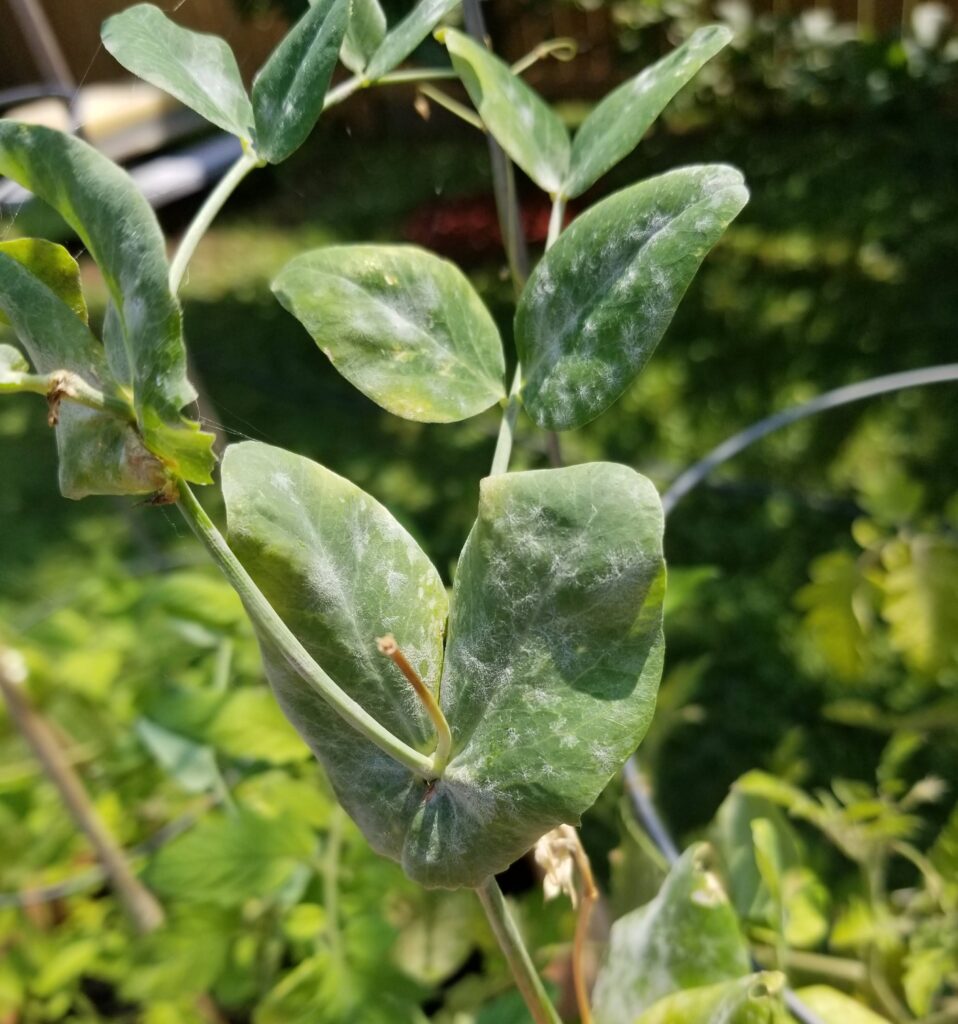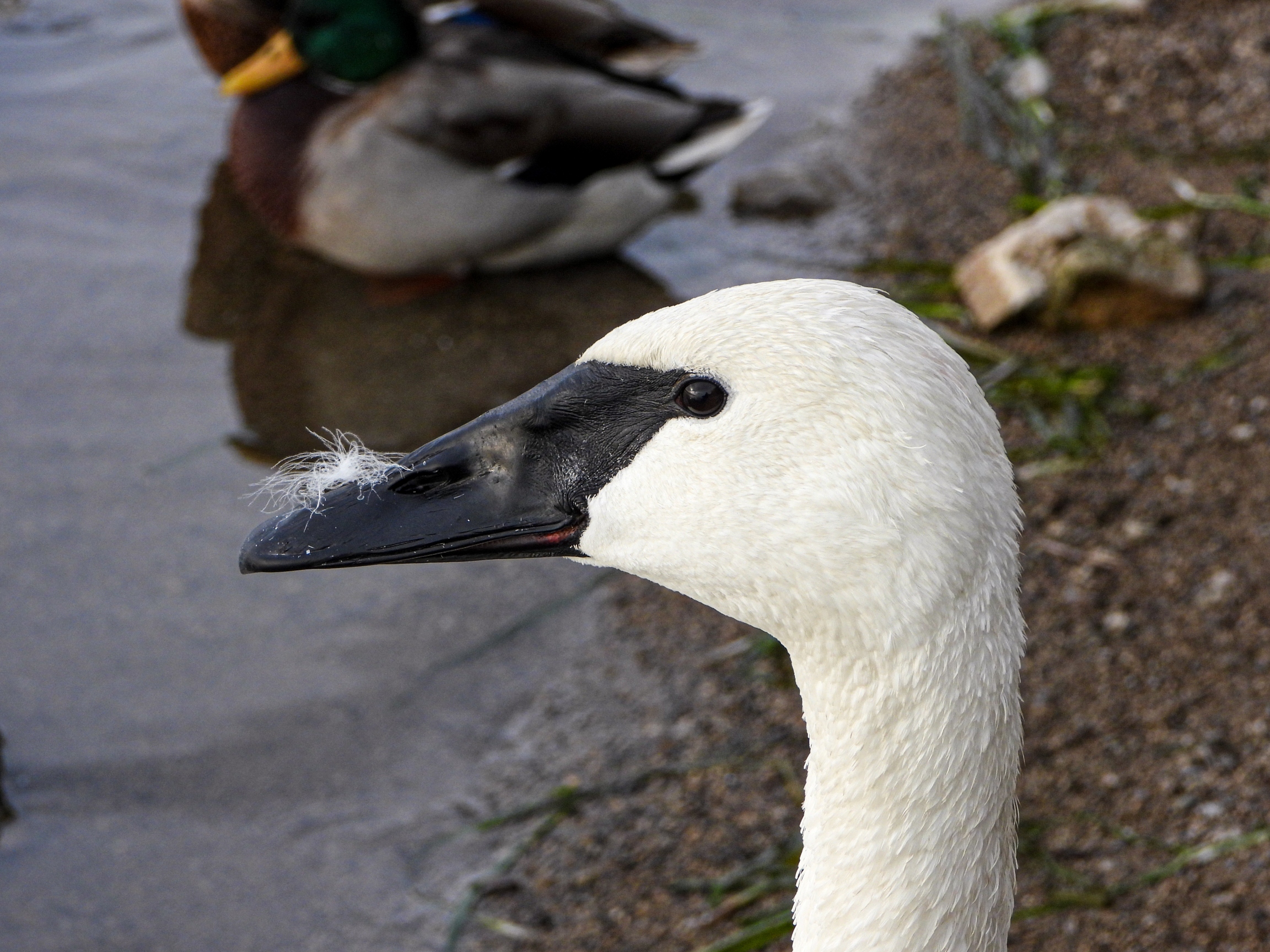By Claudette Sims, Halton Master Gardener
Perennials
Cut back any tired-looking perennials; remove yellowed or dying stems, leaves or flowers, e.g., lavender, penstemon. Remove seed heads to control spread of aggressive self-sowing perennials or to save for winter sowing. If possible, leave seed heads to feed birds in the late summer and fall.
Annuals
Pinch back old flower heads to keep plants producing flowers. Fertilize as needed.
Amaryllis
In late August, transition plants to a drier area of the garden (e.g. under an overhang) and gradually stop watering to encourage the leaves to dry out and encourage the bulb to go dormant.
Orchids
Encouraging healthy new leaves will give your Phalaenopsis orchids the energy to bloom this winter. Fertilize weekly and water carefully.
Strawberries
August is a good time to renovate your strawberry beds.
Veggies
Water during dry or hot weather to reduce plant stress. Remove diseased and damaged leaves/fruit. Do not over-fertilize tomatoes as it can lead to blossom-end rot. Harvest vegetables and berries regularly so that the plants keep producing. Add new plantings like chard, radishes, carrots, kale, spinach, turnips, beets, basil. Identify pests troubling your veggie garden to take effective action.
Trees
Water deeply during dry periods; reduce soil compaction around trees by using mulch or growing perennials or shrubs at the base instead of lawn.
Earwigs like to hide in small, dark places so trapping is effective in reducing populations. Scatter rolled cardboard traps in problem areas and check daily. Remove trapped earwigs by shaking into a pail of soapy water. Learn more about earwig management here.
Japanese beetles
Welcome animals that eat Japanese beetles such as birds, raccoons, skunks, moles, shrews as well as beneficial insects. Plants damaged by Japanese beetles’ feeding release compounds into the air that actually attract more beetles, so reduce numbers as soon as they appear. Hand-pick, vacuum, or knock them into a bucket of soapy water. Read about more management options.
Powdery mildew
Overhead watering of leaves during the day may help prevent powdery mildew on susceptible plants such as phlox and squash. Research indicates that a milk and water spray can also be effective as a preventative. If powdery mildew is present, remove the worst-affected leaves/stems and prune for better air circulation.
Lawn
Encourage deep roots by watering less frequently, but deeply. Check your local municipality for watering restrictions (click here for Halton Region). Yellow (dormant) lawns should bounce back in the fall when there is more rain. Follow these cultural practices to have healthy lawns and use water efficient practices.
Weeds
Every weed pulled now is a thousand weeds you won’t have to deal with later! Removing flowers before they go to seed will greatly reduce the seed bank in the soil for next year. Don’t add flowers or seeds to compost.
Watch for these August weeds: bindweed, purslane, thistle, burdock, plantain, black medick, dog-strangling vine, common buckthorn.

